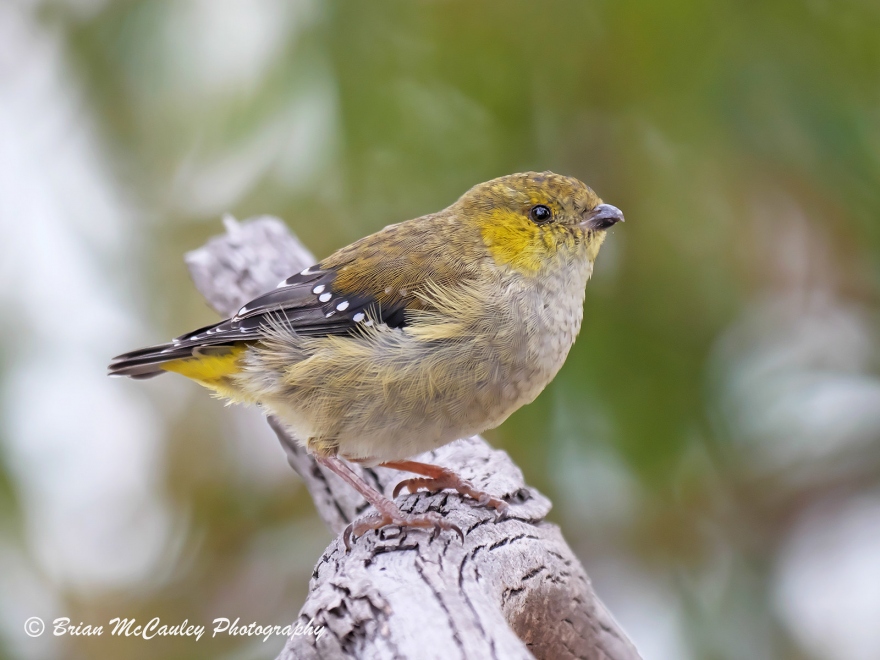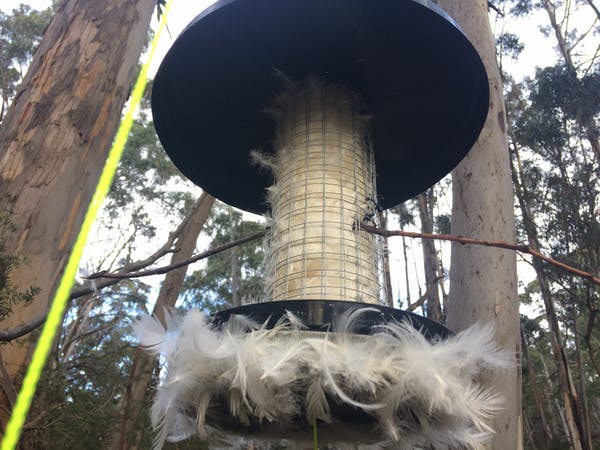The forty-spotted pardalote is one of the rarest and most endangered birds in Australia. They’ve been driven from their Tasmanian habitat and are now found only on a handful of islands off Tasmania’s south-east coast.

The species faces two major threats: The first is habitat loss caused by deforestation. In just a few decades, humans have felled more than 85% of Tasmania’s forests, decimating many of the island’s unique species.
The second threat to the forty-spotted pardalote is similarly disgusting: A parasitic fly (passeromyia longicornis) that deposits its eggs into the pardalote’s nest. The maggots emerge from the eggs, burrow into the skin of the baby birds, and then feast on their blood until the chick dies. In some areas. the maggots kill up to 90% of forty-spotted pardalote chicks.
Fernanda Alves, a PhD student at the Australian National University and member of the Difficult Bird Research Group, devised a clever way to protect the pardalote from the maggots.
Like many birds, forty-spotted pardalotes like to line their nests with fine feathers. The team created a feather dispenser—not unlike those used by private aviculturalists to distribute nesting materials in an aviary—and filled it with chicken feathers.

The feathers, ingeniously, had been laced with a bird-safe insecticide. When the pardalotes collected the feathers and brought them back to their nest, the poison would kill the maggots and allow the chicks to grow unencumbered.
The results so far have been astounding: 95% of chicks survived in the treated nests, compared to the 8% survival rate of chicks in nests that didn’t have any pesticide-laced feathers.
Fantastic news about the Pardalotes.